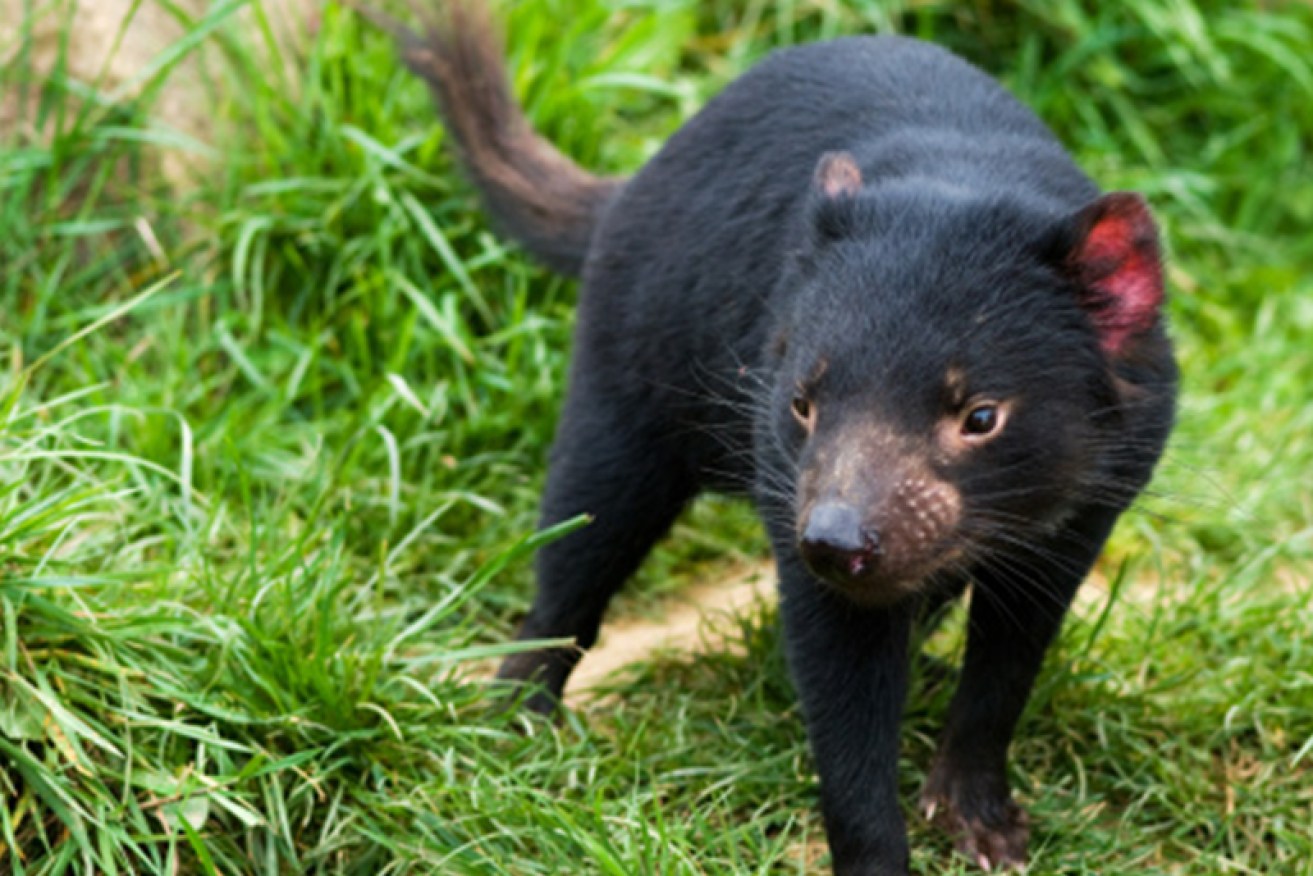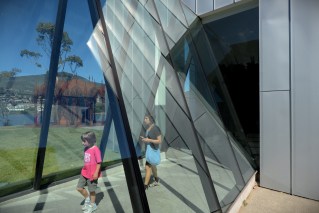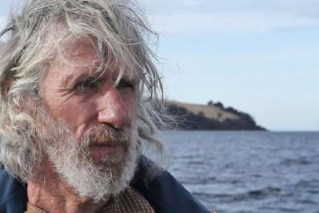Two Tasmanian devils killed after release into wild

The Save the Tasmanian Devil program was established to boost Tasmanian populations. Photo: Getty
Two more Tasmanian devils released into the wild after being bred in captivity have been killed by cars.
The devils were among 39 raised interstate and released on the Forestier Peninsula only a week ago.
It follows the recent road deaths of four devils released in Narawntapu National Park under the same Save the Tasmanian Devil program.
• Tasmania backs same-sex marriage after debate
• Terror threat for Tassie uni
• Ferrets steal limelight at Royal Hobart Show
The program’s director, Dr Howell Williams, said the deaths were disappointing but not unexpected.
“We are releasing devils into an environment in which there are sources of mortality and causes of accidents and injury, we can’t mitigate for everything,” he said.

Drivers in the area are being urged to slow down. Photo: Getty
“It is a learning exercise for us, there’s a lot that we’re doing to try to learn how best to get devils back into the landscape and keep them there.”
Dr Williams insisted the program had not been compromised by the deaths.
“We still have significant number of devils out there and we’ll be looking at how they settle in, the likelihood they’ll be involved in mating this coming season,” he said.
Drivers are being urged to slow down in areas where there is signage warning of devil hotspots.
“Be aware that vehicles are a significant risk to wildlife and to slow down between dusk and dawn when wildlife are most active,” he urged.
“Be acutely aware of Tasmanian devils because they’re threatened and they’re vulnerable as they’re very difficult to see if you’re speeding along at night.”
Fences may be needed to keep devils safe
Researchers are looking at ways to better protect devils released at future wild sites, including fencing them in.
“Rather than releasing them straight into the landscape, releasing them into large enclosed areas in which they can get used to the environment and then be released,” Dr Williams said.
“We’re talking with partners at the moment who we have worked with previously, who have done some really good work for us in building facilities, we’re working with them to see whether they can assist us with building those sorts of facilities.
“We have some further stages of this work that we are doing in other parts of the state and it’s likely that we’d do them in conjunction with that.

The Save the Tasmanian Devil program was established to boost Tasmanian devil populations. Photo: Getty
“We have to secure the funds, get the facilities built before we can use them.”
Another option being considered is conditioning devils, through behavioural cues, to become more wary of roads.
“That’s something that we have to evaluate, we have to get experts to advise us on whether we can have a realistic expectation that it is actually going to work,” Dr Williams said.
The Save the Tasmanian Devil program was established in 2003 to help address declining populations due to deadly facial tumour disease (DFTD) – a rare infectious cancer.
The program aims to boost wild populations and establish a disease-free insurance population.
It is also testing the effectiveness of vaccinations against DFTD.
The release on Forestier Peninsula follows the release of 48 disease-free devils on Maria Island and Narawntapu National Park over the past three years.






